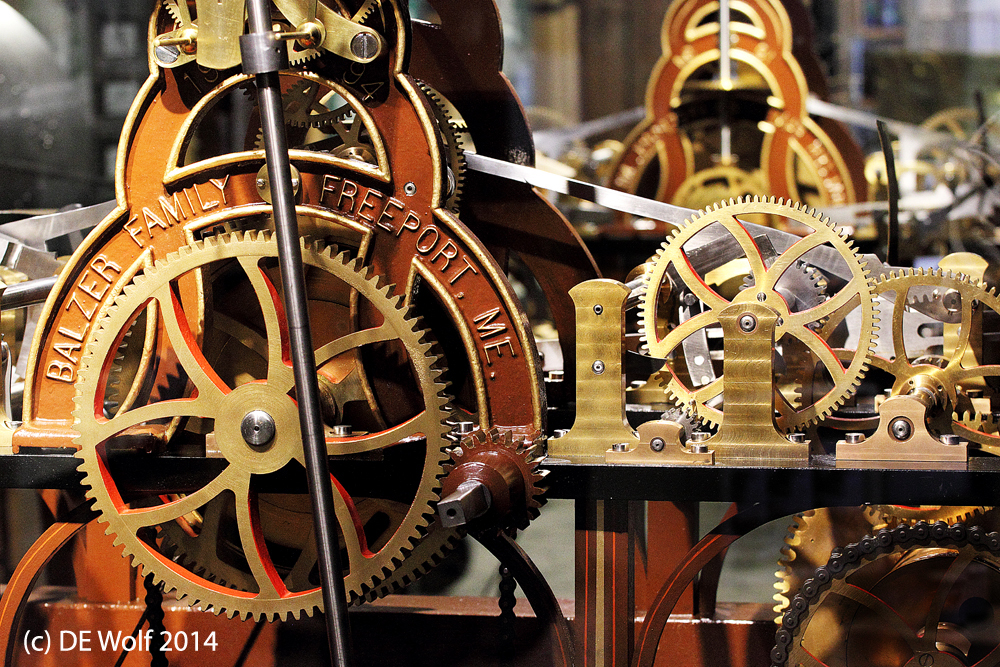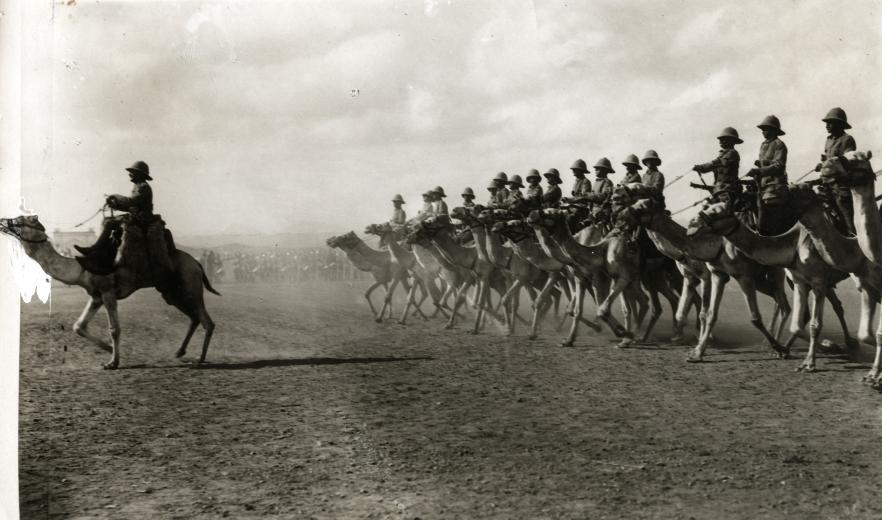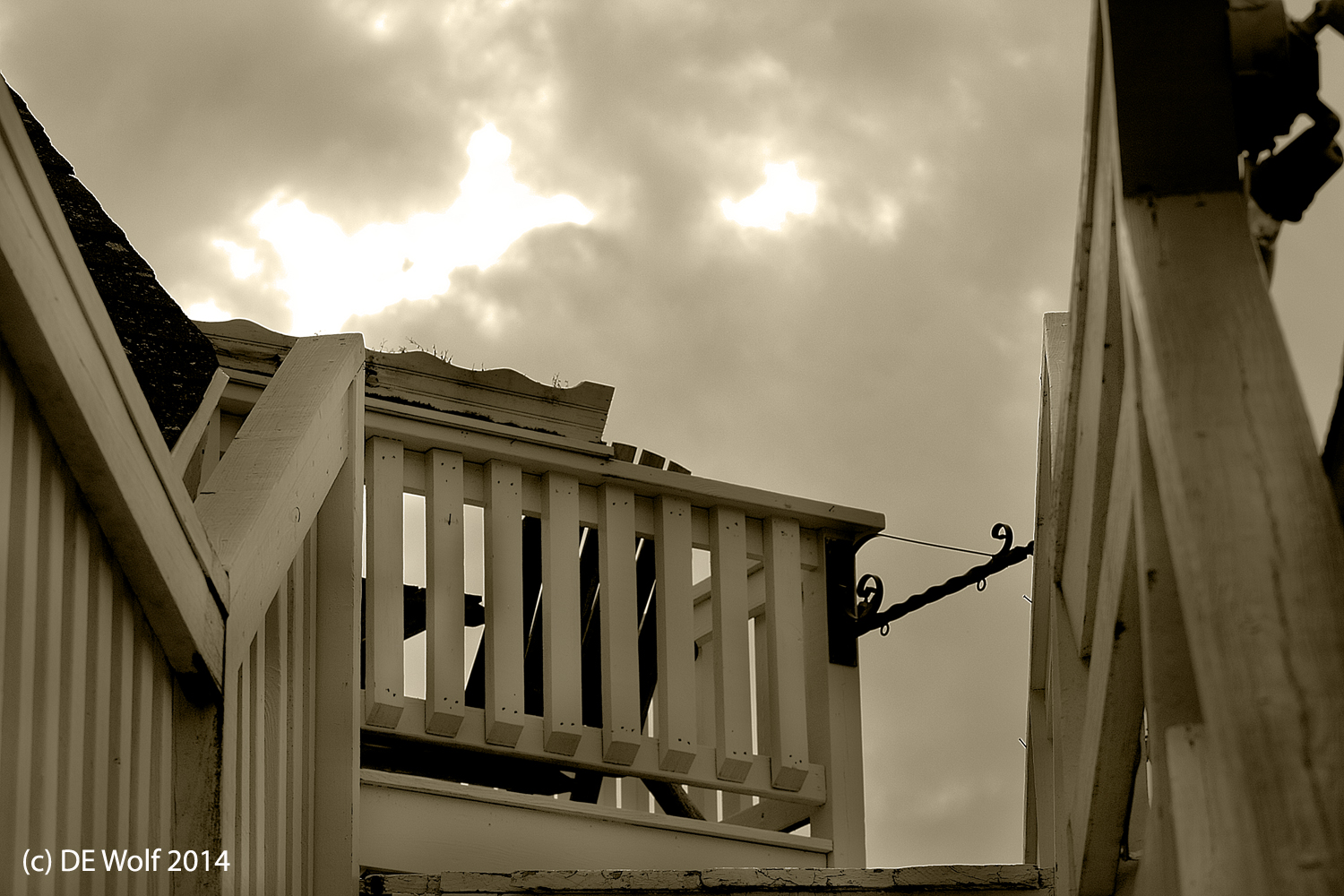Friday is time to scan the various “Week in Pictures” features, and today I was taken by this beautiful image by Bogdan Cristel for Reuters shot on June 22 at this year’s Bucharest International Air Show at Baneasa airport on June 22. It really takes your breath away, which is real praise for a photograph. I love the spirals and the graininess of the sky. And I love the blue. Will you allow me to call it cerulean blue? I love cerulean blue. It has such a lovely vaporous sense of humidity and water – this not to mention that the word is really cool. It rolls off the tongue and makes you sound really erudite. 8<)
The image shows the Aerobatic Yakkers flying YAK-52’s. The YAK-52 (Як-52) was first introduced in 1976 The Yakovlev Yak-52 was the primary Soviet training aircraft. It is still produced in Romania by Aerostar and worldwide is a popular aerobatic plane.
I am going to end hear without uttering the obvious pun. I do love the photograph.





